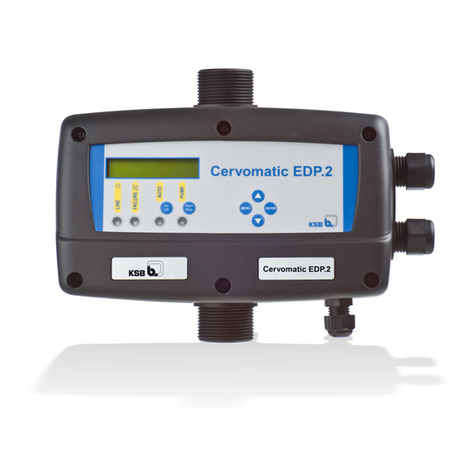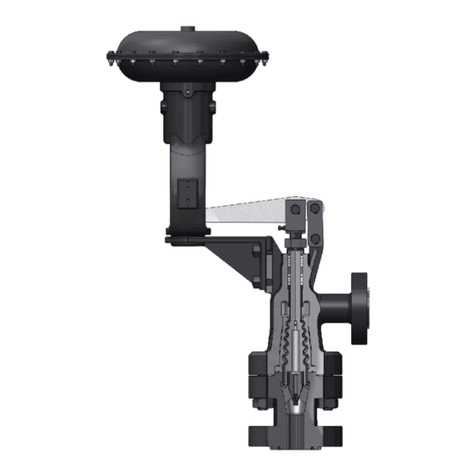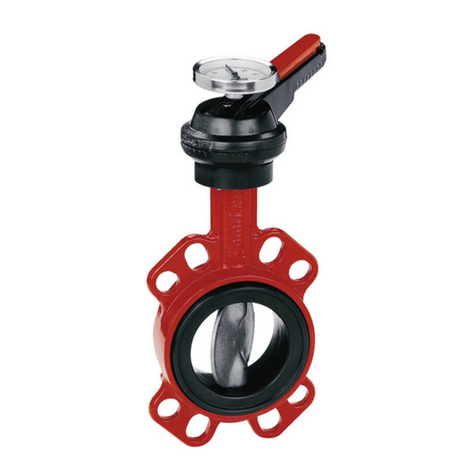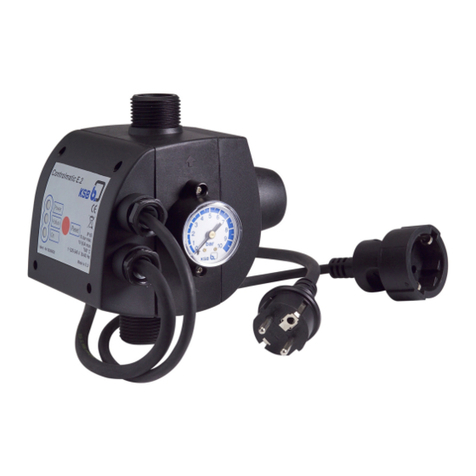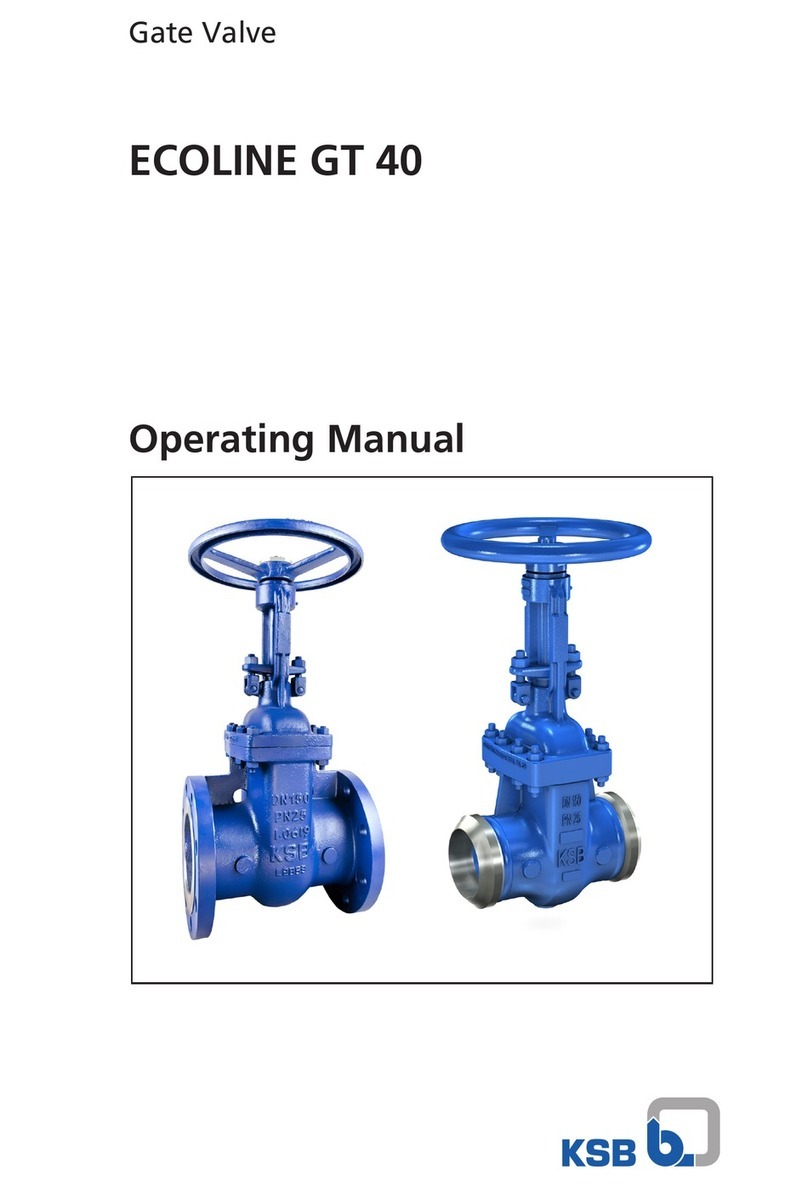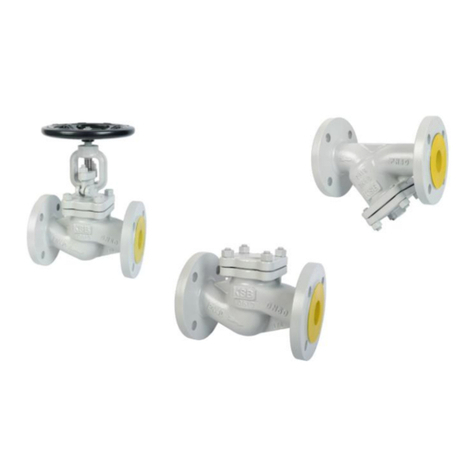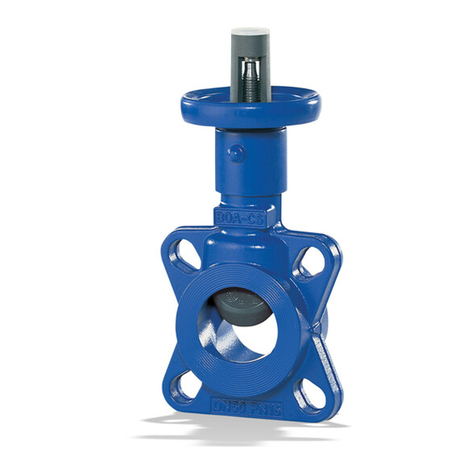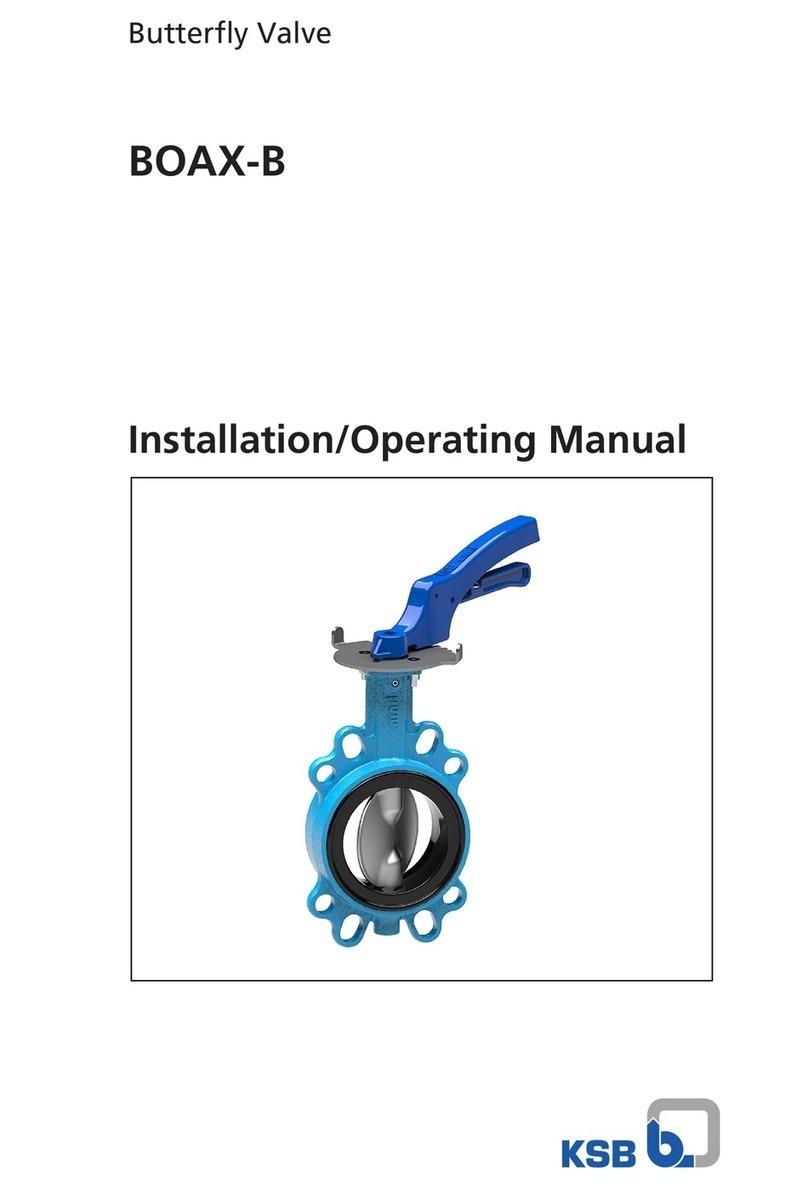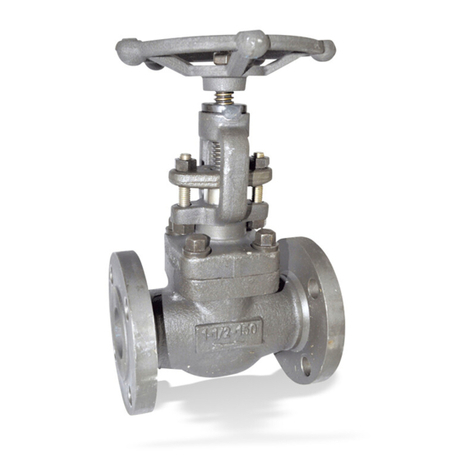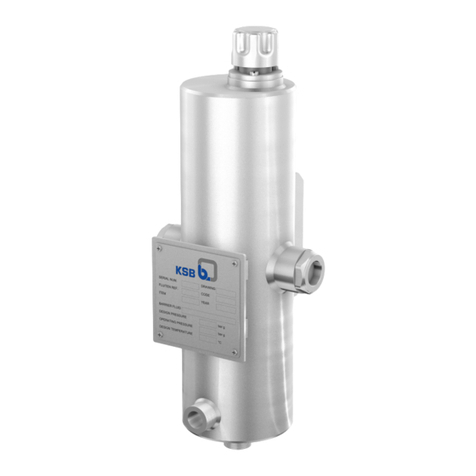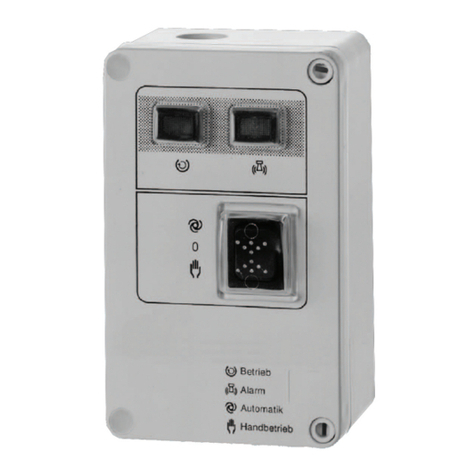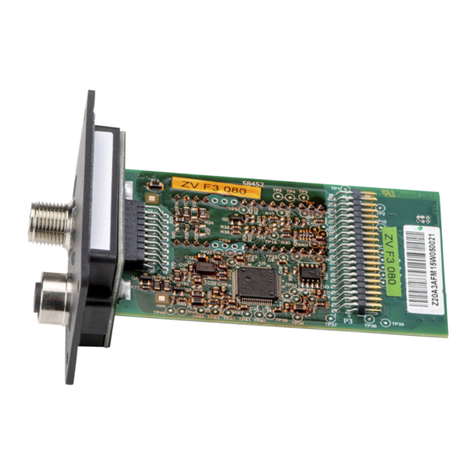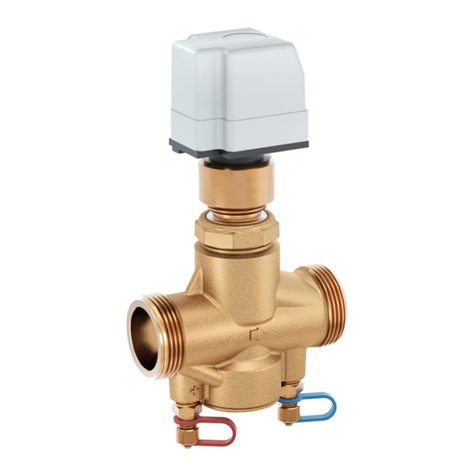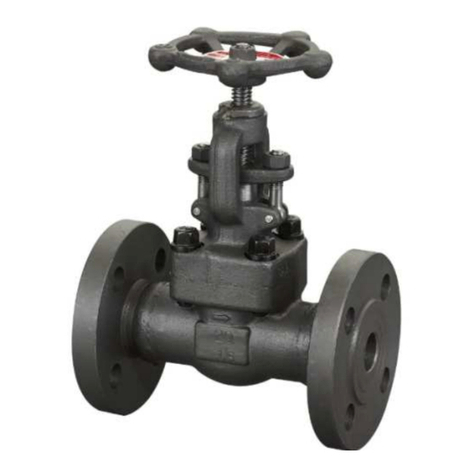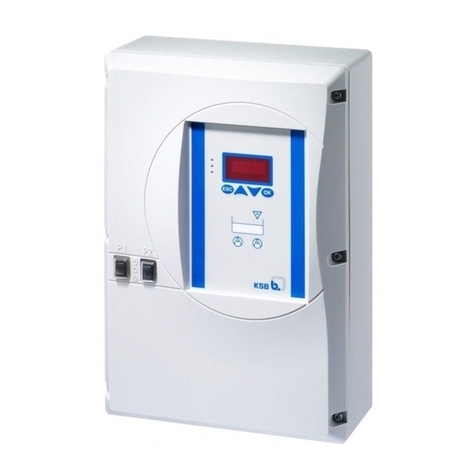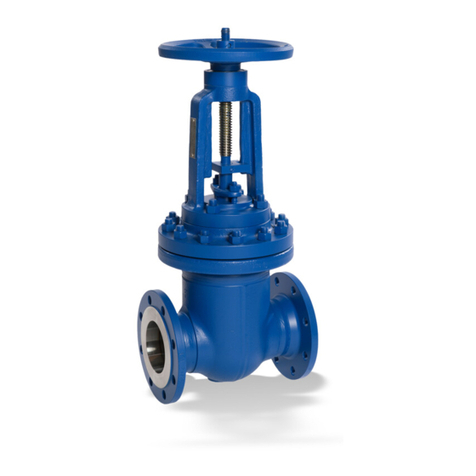
Contents
3 of 32
COBRA-TDC01/03
Contents
Glossary .................................................................................................................................................. 5
1 General.................................................................................................................................................... 6
1.1 Principles ...........................................................................................................................................................6
1.2 Target group.....................................................................................................................................................6
1.3 Other applicable documents............................................................................................................................6
1.4 Symbols .............................................................................................................................................................6
1.5 Key to safety symbols/markings.......................................................................................................................7
2 Safety...................................................................................................................................................... 8
2.1 General..............................................................................................................................................................8
2.2 Intended use .....................................................................................................................................................8
2.2.1 Prevention of foreseeable misuse.......................................................................................................9
2.3 Personnel qualification and training...............................................................................................................9
2.4 Consequences and risks caused by non-compliance with this manual .........................................................9
2.5 Safety awareness ..............................................................................................................................................9
2.6 Safety information for the operator/user.......................................................................................................9
2.7 Safety information for maintenance, inspection and installation ..............................................................10
2.8 Unauthorised modes of operation................................................................................................................10
3 Transport/Storage/Disposal ................................................................................................................ 11
3.1 Checking the condition upon delivery..........................................................................................................11
3.2 Transport.........................................................................................................................................................11
3.3 Storage/preservation......................................................................................................................................11
3.4 Return to supplier...........................................................................................................................................12
3.5 Disposal ...........................................................................................................................................................12
4 Description of the valve ...................................................................................................................... 13
4.1 General description ........................................................................................................................................13
4.2 Product information.......................................................................................................................................13
4.2.1 EC Machinery Directive 2006/42/EC...................................................................................................13
4.2.2 Product information as per Regulation No. 1907/2006(REACH) ....................................................13
4.3 Marking...........................................................................................................................................................13
4.4 Design details..................................................................................................................................................13
4.5 Function ..........................................................................................................................................................14
4.6 Scope of supply...............................................................................................................................................14
4.7 Noise characteristic.........................................................................................................................................14
5 Installation at Site................................................................................................................................ 15
5.1 General information/Safety regulations .......................................................................................................15
5.2 Installation position........................................................................................................................................15
5.3 Preparing the valve ........................................................................................................................................16
5.4 Piping ..............................................................................................................................................................16
5.4.1 Flange connection..............................................................................................................................17
5.5 Insulation ........................................................................................................................................................17
6 Commissioning/Start-up/Shutdown................................................................................................... 18
6.1 Commissioning................................................................................................................................................18
6.1.1 Prerequisites for commissioning/start-up .........................................................................................18
6.1.2 Functional test....................................................................................................................................18
6.2 Operating limits..............................................................................................................................................18
6.2.1 Pressure/temperature ratings............................................................................................................19
6.2.2 Flow velocity.......................................................................................................................................19
6.3 Shutdown........................................................................................................................................................20
6.3.1 Measures to be taken for shutdown ................................................................................................20
6.4 Returning to service .......................................................................................................................................20

